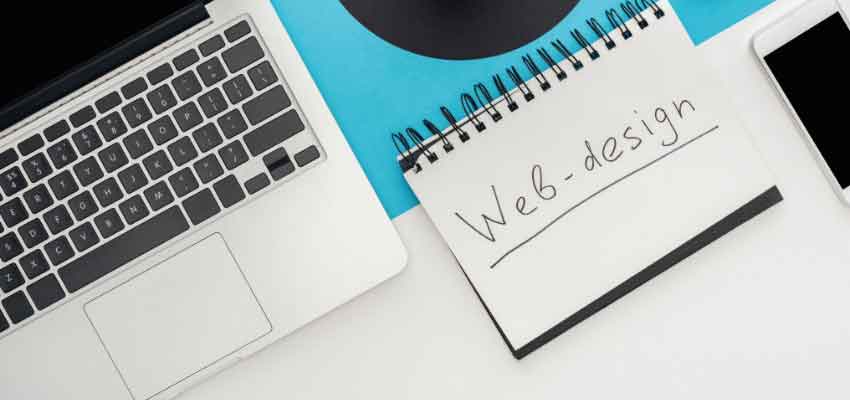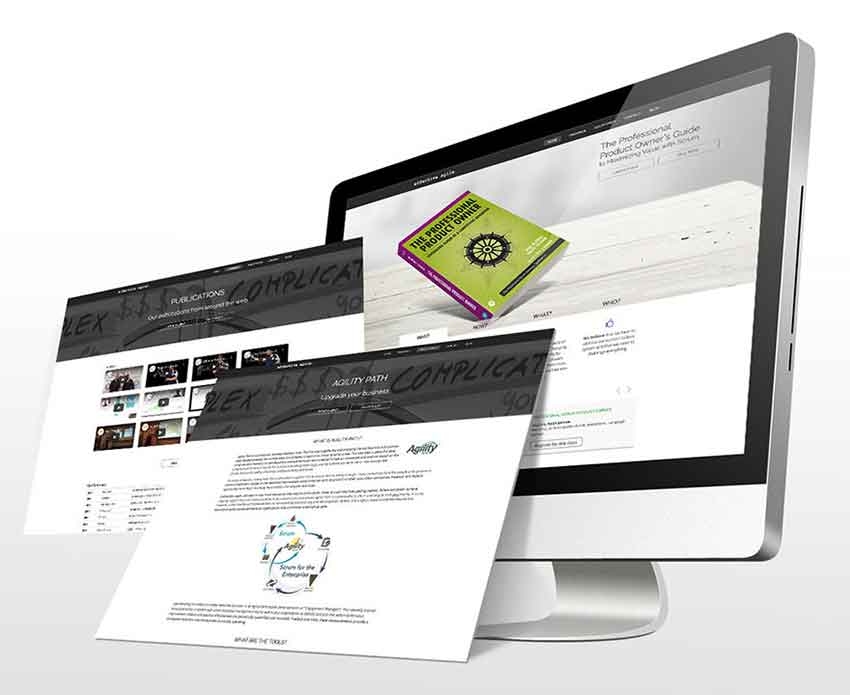Show:
What is Design Thinking and How Can You Use it in UX/UI?
“Design thinking” is a term commonly used amongst professional UX/UI designers. However, beginners often get lost and do not really know what this term means. From this blog post, you will learn why design thinking is so important to develop and how it applies to the projects you’re working on.

What is Design Thinking?
Design thinking is the method of making products, services, and user-oriented software systems. Design thinking focuses on the needs and pains of the client in an attempt to propose a solution to their problems and most effectively satisfy their needs at the moment. Technical realization and the economic possibilities to realize the solution is the second priority. It is believed that they can be overcome by the vendor in order to deliver a digital product or service that best serves the customer’s wishes. According to professional UX/UI design agency Clay Global, the key skills for developing design thinking are:
- Being able to look at the problem from the position of the user
- Personalized approach to development
- Business-oriented thinking
How Design Thinking Works
The process of solving the problem in UX/UI design comes in five stages: empathy, focusing, generation of ideas, prototyping, and testing. Let’s consider each stage in more detail.
First Stage: Empathy
The concept of empathy entails being able to engage in the experiences of others, understanding and appreciating what they need, want, and what excites them. While every designer has their own vision and everyone is subject to their own biases and preferences, empathy is what allows for the designer to put aside their own outlook on the world and view a problem they are aiming to solve through the eyes of the end-users.
In fact, a real designer always operates in an empathetic manner. Accomplishing projects that the designer knows and cares about is the easy part. Searching for a solution that will cater to people’s everyday needs is far more challenging. It involves digging deep into the understanding of how a customer’s area of business or interest operates and building a solution that addresses their particular needs.
Second Stage: Focusing
After the information compiled through empathy, the stage is collected, compiled, and organized, the next stage involves establishing a focal goal or coming up and working out the ideal solutions. Figuring out the formal focus involves generating the question to which the designer will attempt to seek the answer two in the subsequent stage. Of course, depending on the industry and the product type, that question will vary, but typically the question is one that circles the collection of details of how the business of interest functions and how to best optimize the customer experience.

Third Stage: Idea Generation
Once the problem the user is facing has been identified, a solution needs to be derived based on the information acquired. At this stage of the process, the designer must think ‘outside the box’ and avoid the approaches based on conventional wisdom. Perhaps even more crucially, this is the time to sidestep falling prey to criticism. Criticism is the enemy of good ideas.
When thinking of a solution, the designer must consider and retain any ideas, no matter how outrageous or radical they may seem. Following this creative approach will be the time to filter out the noise and use what’s left to construct the best possible solutions.
Fourth Stage: Prototyping
The prototyping stage involves putting the gathered and filter ideas into practice. To do so, a designer must have a formal layout or a concrete approach plan. Often, it is good enough to create a scaled-down, budget variant of the product that includes the functions essentials to helping find solutions to designated problems. Establishing a prototype will help in:
- Finding the best variant of a solution
- Noting errors and learning from them
- Refining the product
- Determining the final version of the product
- If a prototype fails, money and time that would have been spent on developing the product are saved.
If the development and evaluation of the prototype is a success, then the designer proceeds to the testing stage, but if not, the process should return to the focusing stage and begin the creative solution cycle again.
Fifth Stage: Testing
If a prototype is deemed a success, the designer moves to the last stage of the process by testing the newly developed product. While this is technically the final stage of the design process, it is meant to be one that is repeating in nature. Using the test results can yield solutions to other problems or the discovery of problems that the designer did not realize were there before.
One method of discovering additional needs for the product is to turn to the people who are actively using it: customers. By reviewing customer feedback, the developer can test the product through various methods and a number of devices to assure its cross-compatibility. Once the product has completed a successful series of testing rounds and is rated well by customers.
This is followed by the product’s final version with any additional bells and whistles (animations, background images, etc.)

How to Apply Design Thinking in Design
Let’s take an instance of a food designer working to develop a prototype for a new style of microwaves. The designer can take the conventional approach of interviewing people who use microwaves, get their feedback, learn the upsides and downsides of the particular microwave models, and propose a solution based on the compiled information.
But a designer can also take the creative, less conventional approach, such as communicating with people less about the product, but rather about their behaviors and habits in particular situations.
Conclusion
Design thinking helps to find innovative solutions that do not lie on the surface, saving time and money. Empathy and the ability to think beyond the limits of standards, the desire to feel the situation, and offer innovative solutions form the intuition of the designer.
None of the areas of design require such deep immersion in the world of the client and user as UI/UX-design. However, to create a convenient and practical product in this field, the designer needs to understand the pains and fears of the user.

 Return to Previous Page
Return to Previous Page








